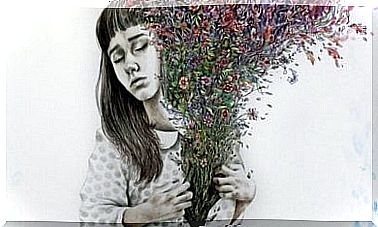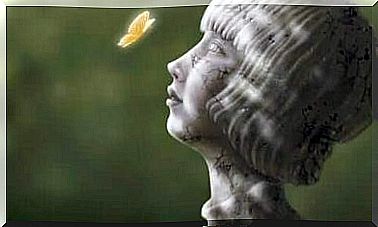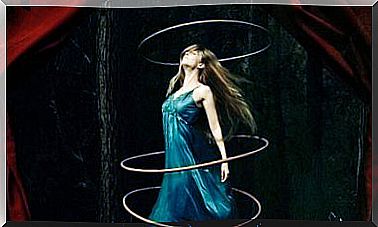John Lennon’s Depression: Those Songs No One Understood
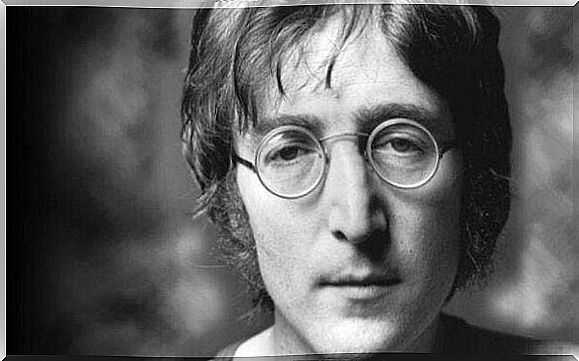
John Lennon’s depression appeared in the 60’s song “Help!” and also with the inspiring song “Help Me to Help Myself” . He was the most inspiring Beatles member, but at the same time he had a dark side to him.
It is said that sadness is a very strong feeling, and that it is what has given rise to some of history’s best works. This can be seen, for example, in Janis Joplin. She had a powerful voice, but her early death left us with the memory of a sad, young woman who had helped the world become a little happier.
The Beatles also did this but in a much more comprehensive way, and they had a great cultural and social impact on the world and society. However, many did not notice how sad the group’s most intellectual member was.
Everyone who knew him knew that he was hiding something inside. He was plagued by suicidal thoughts and depression, which led him to isolate himself for almost five years.
Strangely enough, one of his last songs, before Mark David Chapman murdered him in front of the Dakota building, showed that he was on his way out of all this and that he wanted a second chance. He was so full of hope and had begun to believe in himself again:
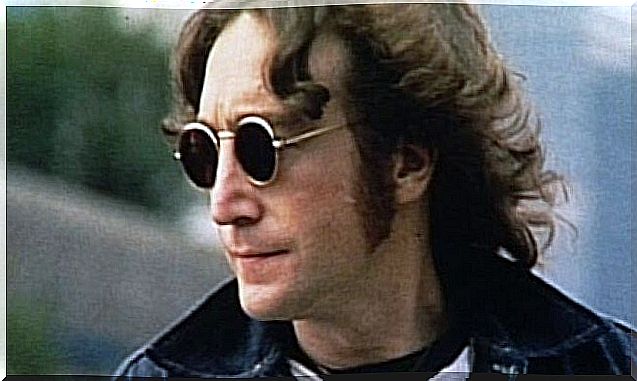
When John Lennon wrote the lyrics to the song “Help!” the rest of the group was a little surprised, but no one gave it any further thought. It sounded great and became part of their best selling album.
It also became the title of a film they shot in 1965. But these lyrics contained the stress that Lennon went through and the external pressure he felt because things were moving much faster than he could handle.
Many years later, Paul McCartney was interviewed by PlayBoy Magazine, where he said he knew nothing about John Lennon’s depression.
Lennon cried for help, but he lived in a world full of people who could not hear him. In the songs, he talked about his insecurities, his depression and his need for help.
There are people who say that some of his lifelong anxiety and hidden sadness may have come from his childhood. His father was a sailor who disappeared early and his mother also left him for a time, which meant that he had to live with his aunt.
A few years later, he witnessed his mother’s death just as they were finally beginning to have a better relationship. A drunk police officer drove into her car and she died instantly. This had a great impact on him, and he carried this with him for the rest of his life.
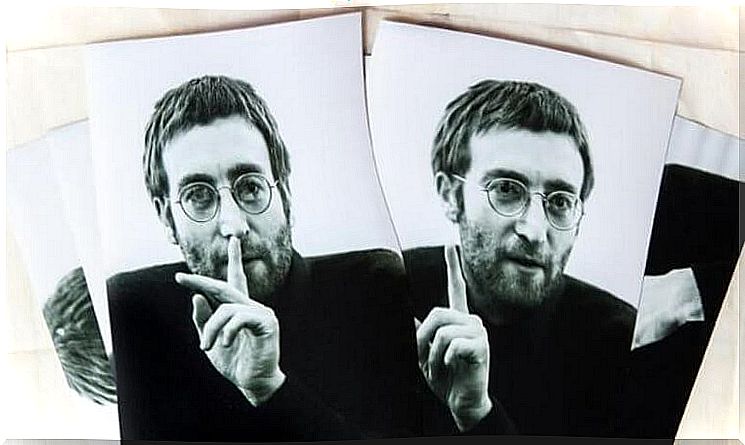
Those who wrote his biography said that he immersed himself very deeply in the music to get through his tragedy. In the end, his passion for music came from his mother. She was the one who showed him how to play different instruments. She was the one who inspired him. And it was also her that he dedicated one of his most thought-provoking songs: “Julia”.
When the Beatles disbanded in 1970, Paul McCartney, George and Ringo only needed to make some more or less successful albums in order to remain successful. However, John Lennon could not follow this path.
His world was full of voices, movements, injustice and social unrest that he felt had a great impact on him and that also made him angry. He opposed what he perceived as political hypocrisy and also criticized young fans who idolized him and other rock stars.
In one of his albums, he expressed his deepest thoughts about what he was going through: “I do not believe in magic… I do not believe in Elvis… I do not believe in The Beatles… The dream is over… I was the walrus, but now I’m John… ”
He was no longer motivated to create music. It was not something that made him happy, and John Lennon’s depression was partly based on the fact that the music industry, according to him, was only about money and he thus felt trapped and trapped in a situation where he was broken down by alcohol and LSD.
What not everyone knows is that after realizing that neither music, meditation nor drugs could turn off that bitter sadness he had inside, John Lennon turned to psychotherapist Arthur Janov. This famous psychologist had developed primal therapy, which is a strategy meant to treat psychological trauma through screams and psychodrama.

This discipline, like many other catharsis-based therapies, focuses on the notion that we can bring our repressed pain to the surface and resolve it by expressing it.
John Lennon used this therapy for many years with good results, and one of his last songs was also a direct result of a therapeutic journey that had made him feel better.
The title of the song was “Mother”.



